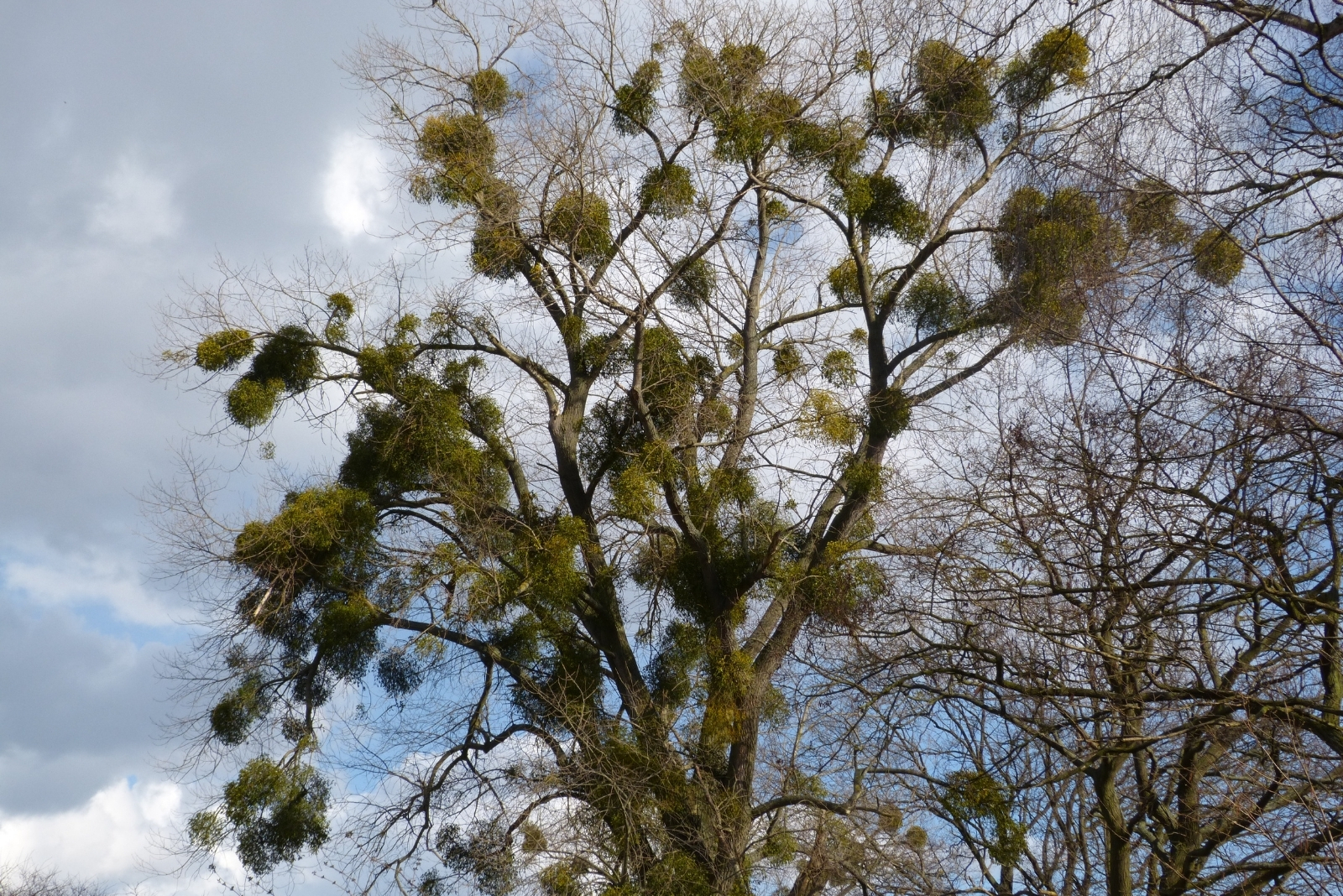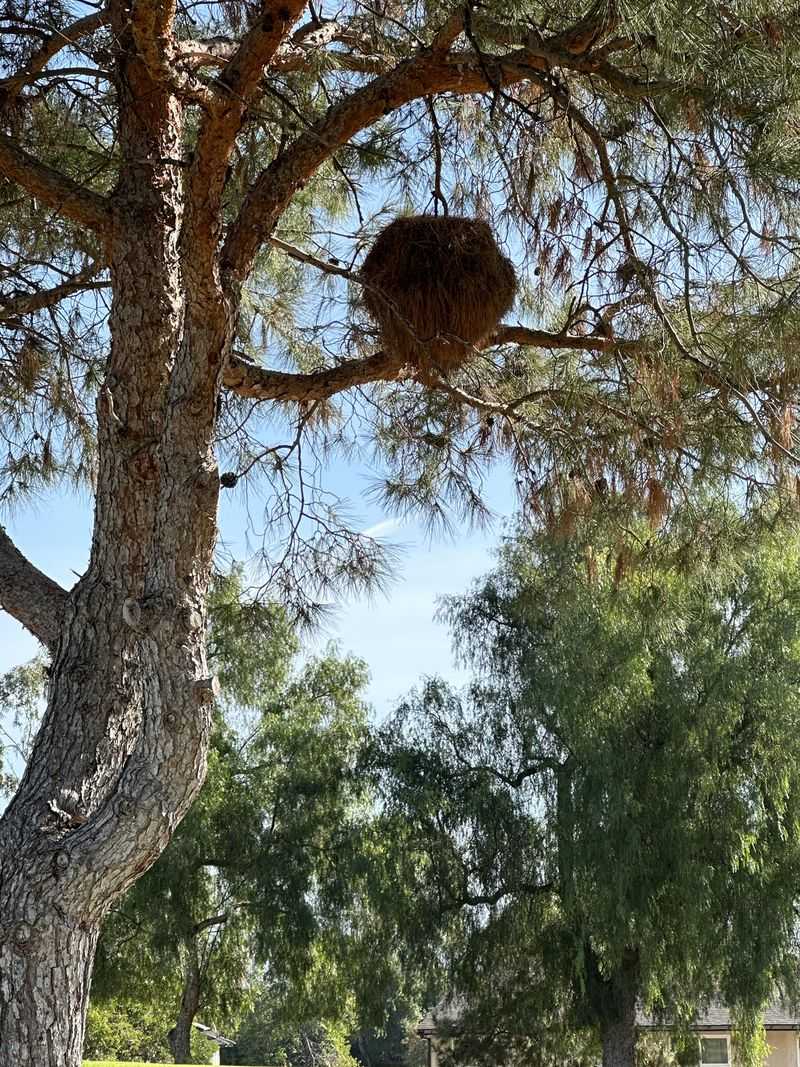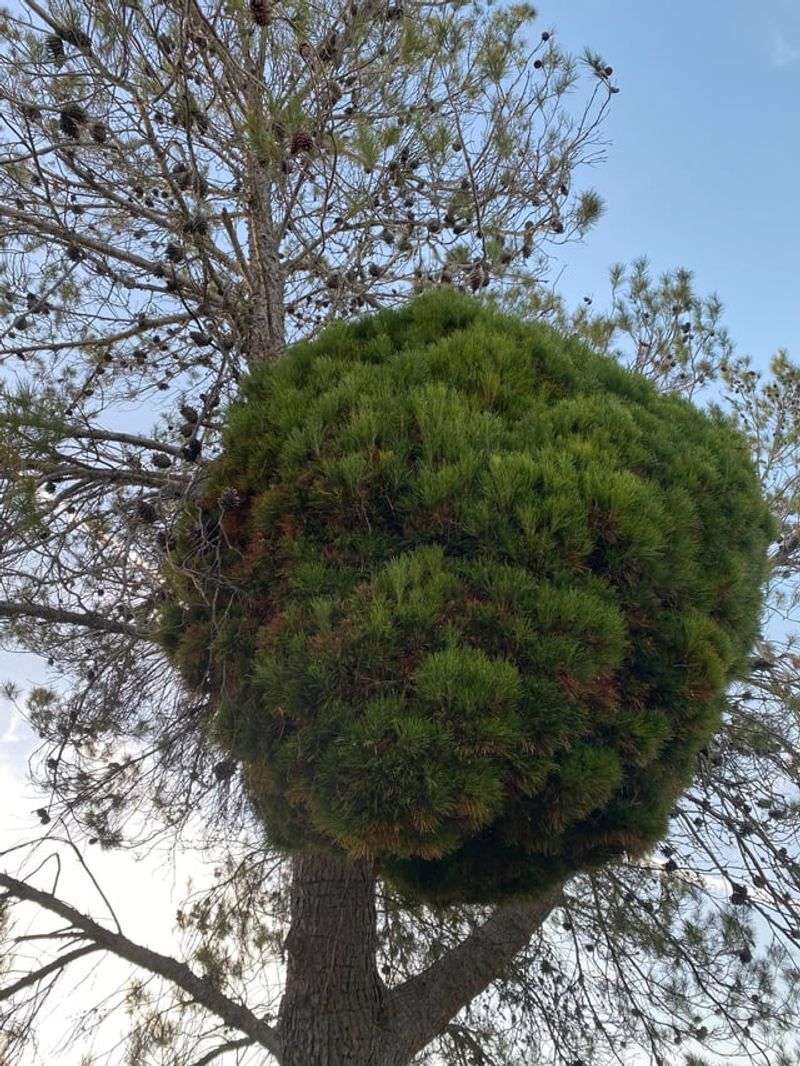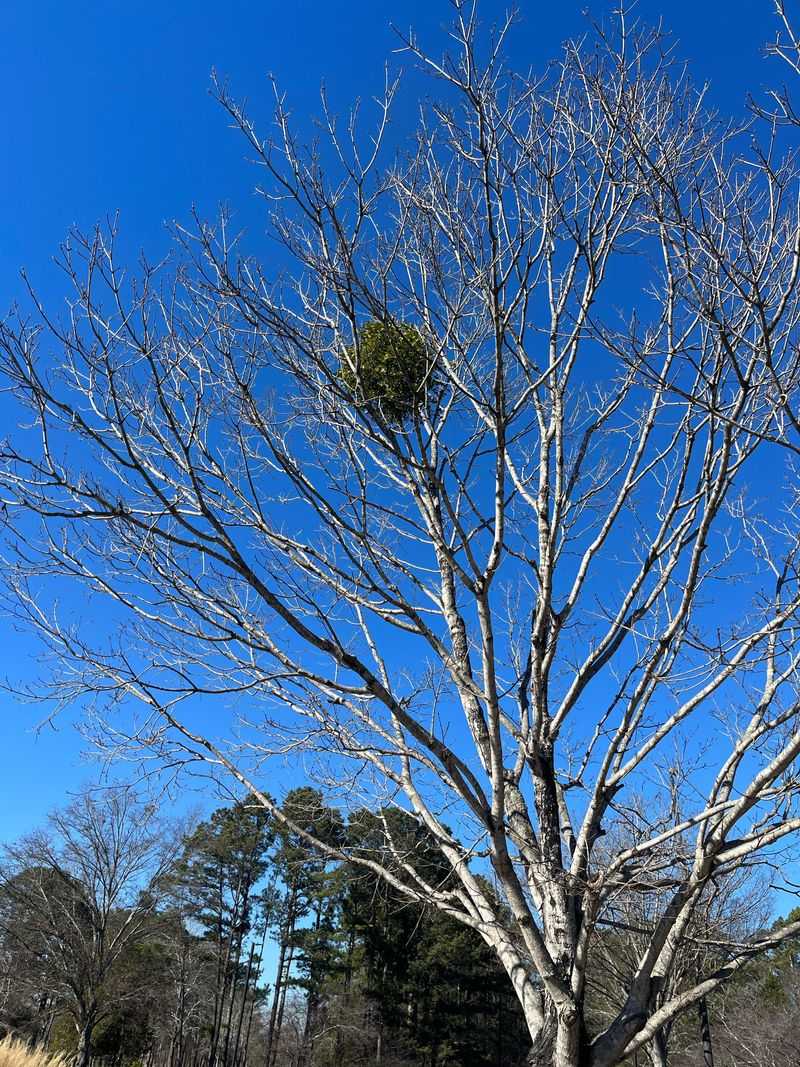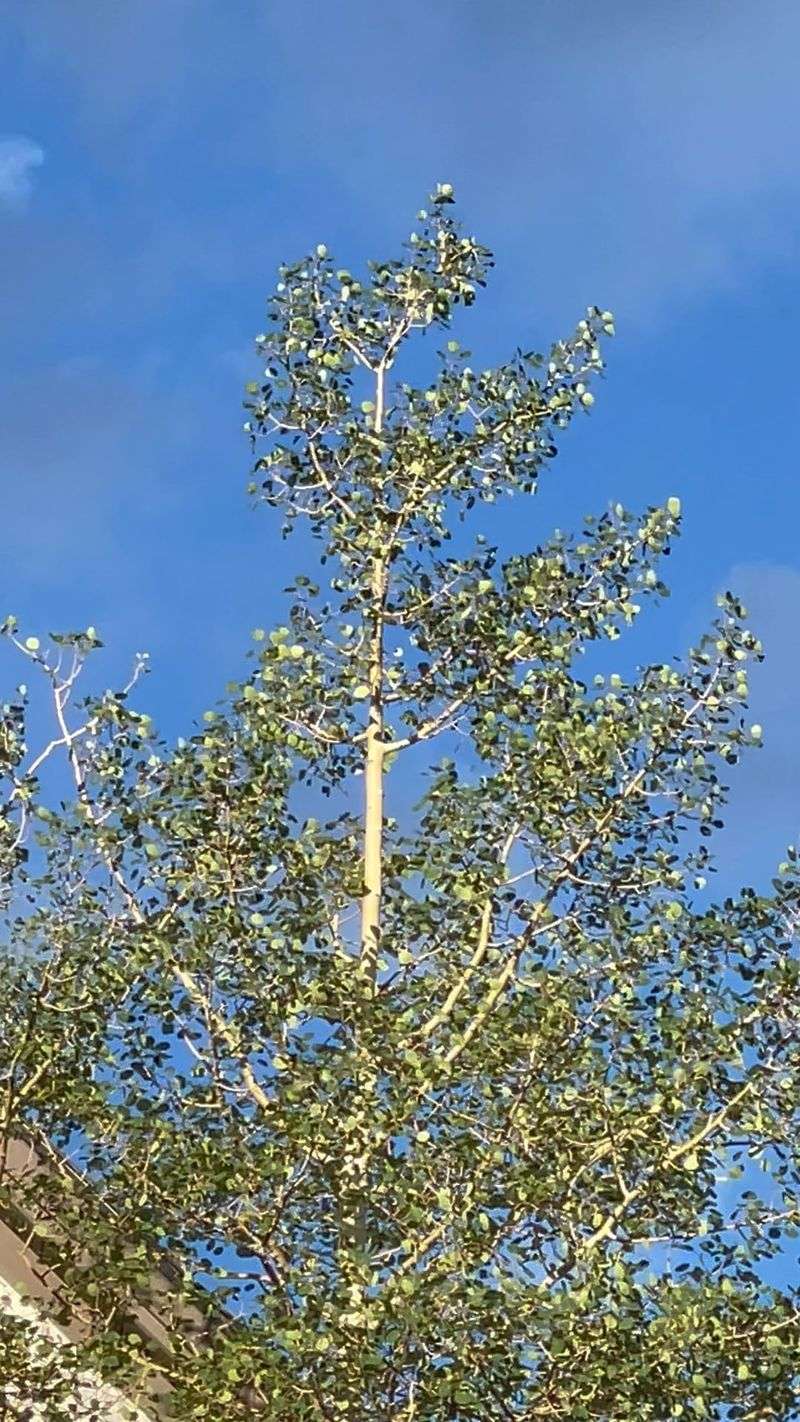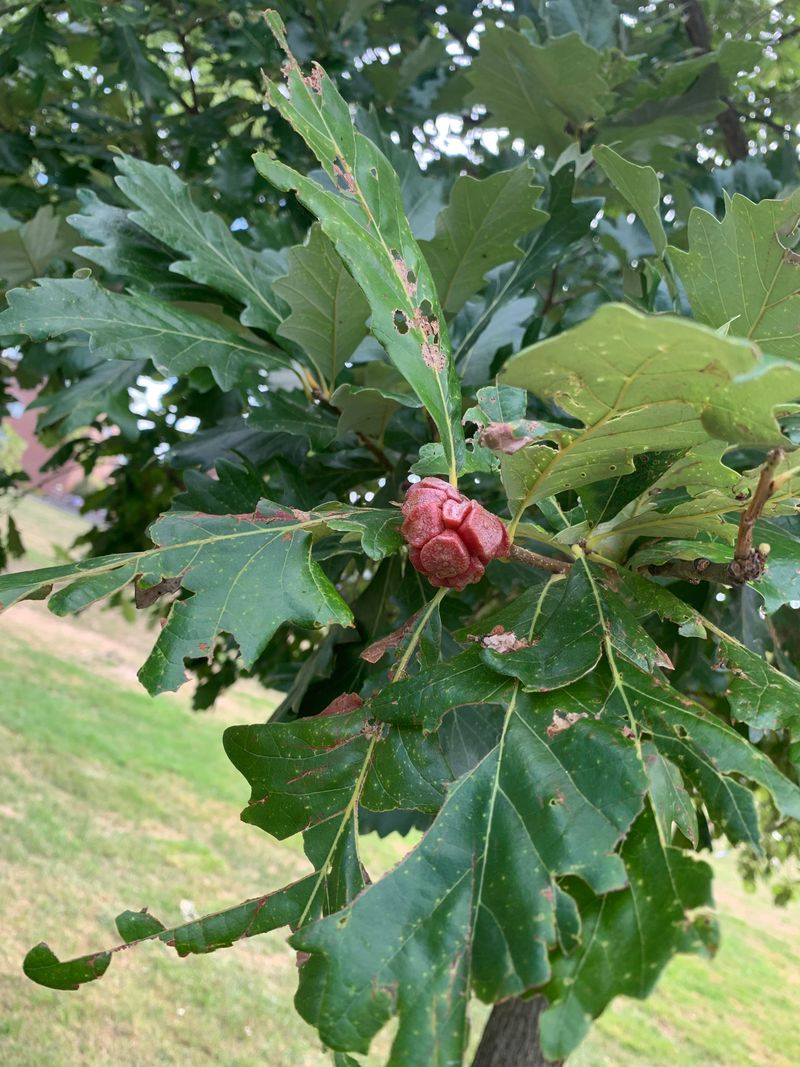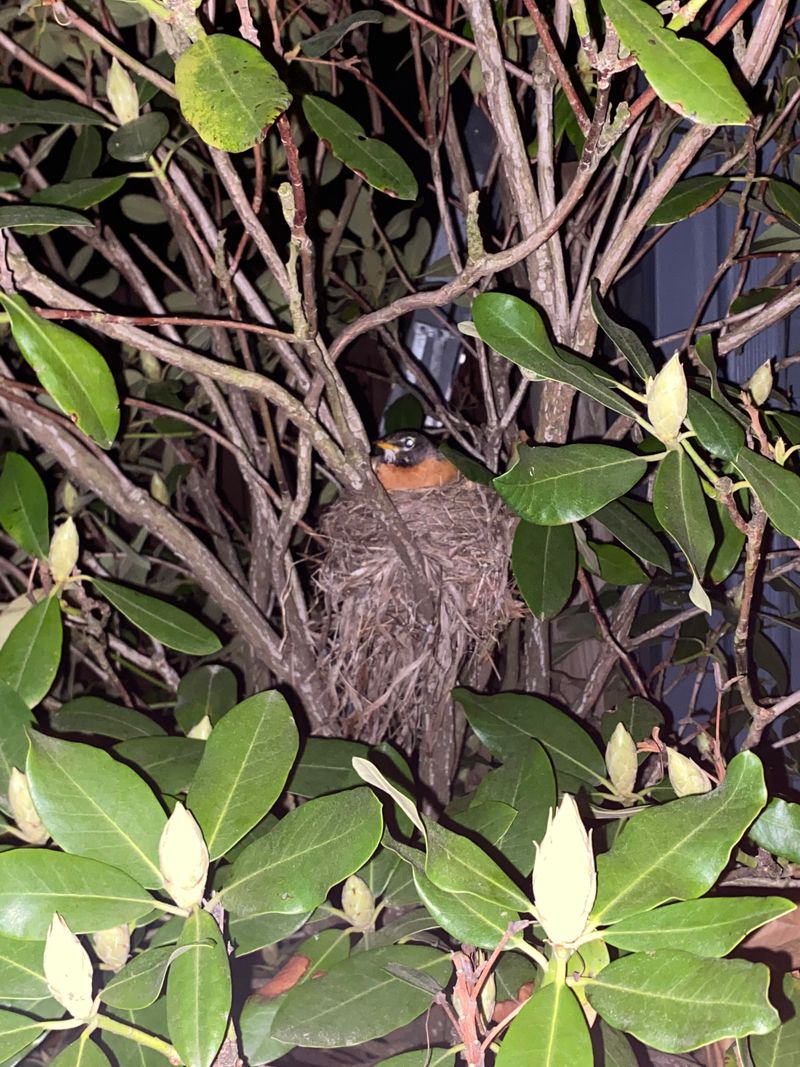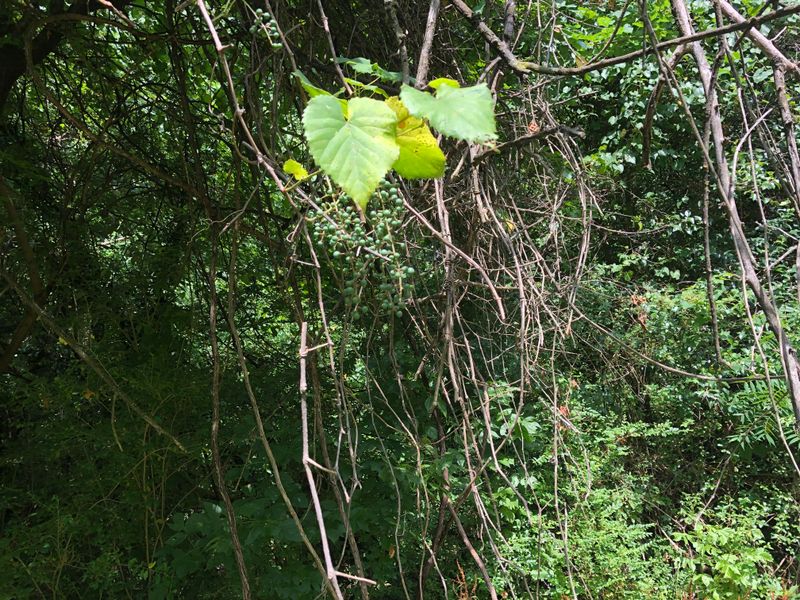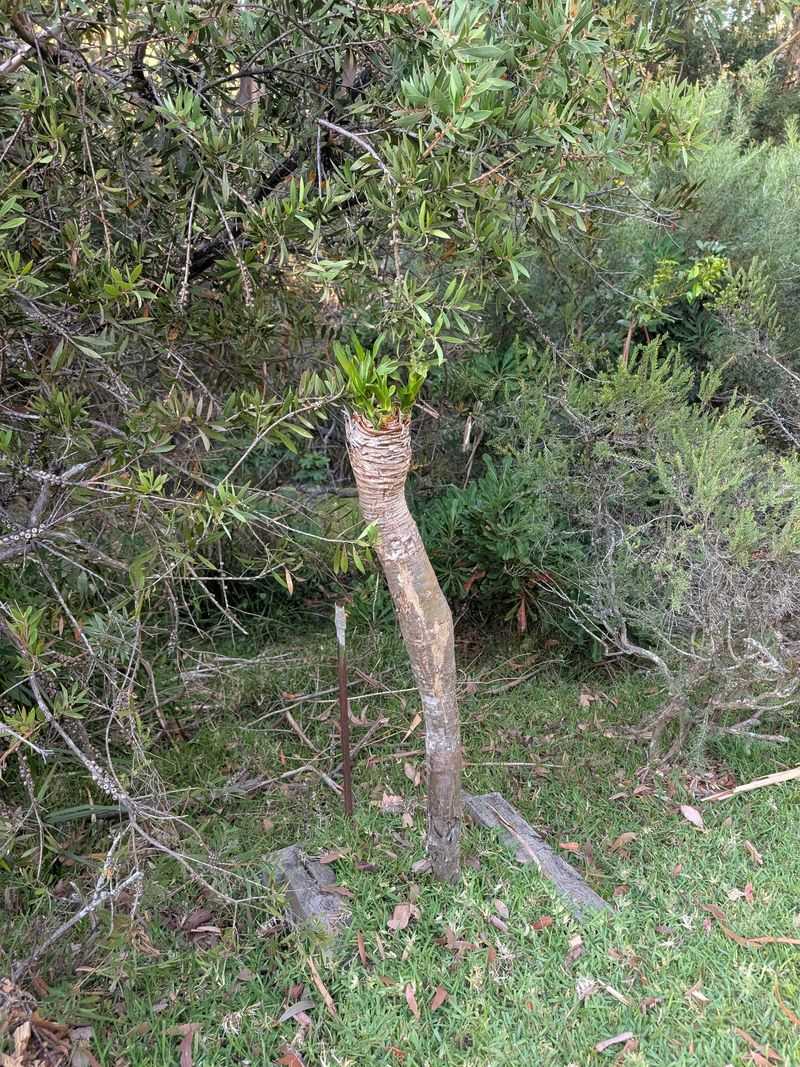Spotting a bundle of leaves high in a New York tree can spark curiosity. I used to assume it was a nest until I learned otherwise.
Turns out, there’s often more going on than meets the eye. Here’s why that clump of leaves in your New York tree might not be a nest.
1. Squirrel Dreys Are Surprisingly Common
Squirrels build leafy homes called dreys that look almost identical to bird nests from the ground. Gray squirrels are everywhere across New York, and they construct these structures by weaving together leaves, twigs, and bark.
A drey usually sits in the fork of tree branches and provides insulation during cold winters. Unlike bird nests, squirrel dreys are typically larger and bulkier, sometimes reaching the size of a basketball.
Watch for squirrels scampering in and out during daylight hours to confirm your suspicions!
2. Witches’ Broom Disease Creates Dense Clusters
Certain fungal infections and parasites cause trees to grow abnormal branch clusters that resemble messy leaf piles. Known as witches’ broom, this condition forces branches to grow in tight, tangled bunches rather than spreading out naturally.
You’ll find this phenomenon on various tree species throughout New York parks and forests. The clusters stay attached year-round, unlike real nests that might blow away during storms.
Look closely and you’ll notice the leaves grow directly from deformed branches rather than being woven together.
3. Mistletoe Clumps Fool Many Observers
Mistletoe is a parasitic plant that creates rounded, leafy masses high in tree canopies. While many people associate mistletoe with holiday decorations, it actually grows wild in New York trees, particularly on hardwoods like oak and maple.
The plant sends roots into the host tree’s branches to steal water and nutrients. From below, mistletoe clumps appear nest-like but remain green even when surrounding leaves fall.
During winter months, these evergreen clusters become especially noticeable against bare branches.
4. Leaf Accumulation From Wind Patterns
Strong winds often blow leaves into natural pockets where branches fork or intersect. Instead of falling to the ground, these leaves get trapped and pile up over time, creating convincing nest lookalikes.
New York experiences plenty of windy days, especially during fall when leaves are abundant. Rain and moisture can compact these accidental collections, making them appear more structured than they actually are.
Check after major storms—if the clump changes size or shape dramatically, wind is probably the culprit rather than animal construction.
5. Galls House Insect Larvae Colonies
Insects like wasps and mites cause trees to form unusual growths called galls that sometimes resemble leafy masses. When certain bugs lay eggs on tree tissue, the plant responds by growing protective structures around the larvae.
Depending on the insect species, galls can cluster together and look remarkably nest-like from a distance. New York trees host numerous gall-forming insects that create these curious formations.
Galls typically have a more uniform appearance than nests and often display unique colors or textures when examined up close.
6. Abandoned Nests Collect Extra Material
Sometimes you’re looking at a real nest, but it’s been abandoned and transformed by nature. Birds might leave their nests after raising young, and then wind, rain, and falling leaves add layers of debris on top.
What started as a tidy bird home becomes an overgrown mess that barely resembles its original structure. Throughout New York’s changing seasons, these abandoned nests accumulate material and grow larger.
Old nests often lack the neat, woven appearance of active ones and may sag or fall apart gradually over time.
7. Vine Growth Mimics Nest Structures
Climbing vines like wild grape or Virginia creeper wrap around tree branches and create tangled masses that trick the eye. As vines grow upward seeking sunlight, they twist and loop through branches, gathering leaves in their embrace.
New York forests are full of these climbing plants, especially in areas with mature trees. During growing season, vine clusters can become quite dense and rounded, perfectly mimicking animal-built shelters.
The giveaway is spotting long vine stems trailing down the trunk or connecting to nearby trees.
8. Broom Sedge Grass Gets Lodged High
Birds and wind sometimes carry clumps of dried grass into trees, where they get stuck and resemble nesting material. Broom sedge and other tall grasses grow abundantly in New York fields and meadows, breaking off in chunks during storms.
When these grass bundles lodge in tree branches, they create convincing nest imposters that can last for months. The golden-brown color of dried grass adds to the illusion, especially against green summer foliage.
Real nests incorporate grass more intentionally, weaving it carefully rather than leaving random clumps wedged awkwardly between branches.

